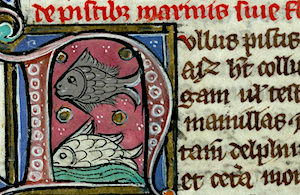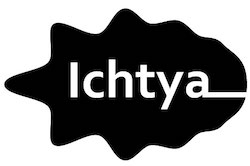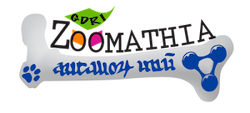Call for papers (closed)Scientific backgroundThe ICHTYA program of the Center Michel de Boüard (CRAHAM, UMR 6273) is dedicated to the history of the transmission of ichthyological knowledge, from Antiquity to the Renaissance. ICHTYA is a founding member of GDRI Zoomathia, dedicated to the cultural transmission of zoological knowledge (Antiquity-Middle Ages). The Caen colloquium will be the closing event of GDRI Zoomathia, which ends at the end of 2021. In 2017, ICHTYA organized an international colloquium in the International Cultural Center of Cerisy-la-Salle, entitled Aquatic Animals and Monsters of the Northern Seas. Imagination, knowledge, exploitation, from Antiquity to 1600, the proceedings of which were published in the journal Anthropozoologica in 2018. The Caen conference constitutes the continuation of the Cerisy meeting. PresentationAncient "ichthyology" does not concern only fish, but all "aquatic" enhydra animals (cetaceans, crustaceans, cephalopods, etc.), including certain amphibious species such as the crocodile or the hippopotamus, not to mention monsters and other more or less imaginary animals. There is a long tradition of transmission of knowledge about aquatic animals, from Aristotle and the Peripatetic tradition which passes through the Latin world, in particular through Pliny, Solin and Isidore of Seville, to bestiaries and medieval encyclopedias. Transmission does not mean the reproduction of old knowledge, but its reworking comprising both diversion and provision of new and "vernacular" information. This tradition continued in the Renaissance, when ichthyology experienced strong development, thanks in particular to Guillaume Rondelet, Pierre Belon, Ippolito Salviani and Conrad Gesner. In the Byzantine world, scholars are still reading the Greek texts of Elian, Oppian of Cilicia, Timothy of Gaza, the Greek Physiologos, the Exameron of Basil, etc. The Persian and Arab-Muslim world is not to be outdone: besides transmitting and commenting on Aristotle's zoological work, it develops specific knowledge about fauna. TopicsPeriods considered: Antiquity, Middle Ages, 16th century. Geographic and cultural areas: Antiquity, Middle Ages and Renaissance, both in western and eastern Mediterranean world (in Latin, Greek, Arabic, Jewish tradition) TextsPapers may, in the cultural areas and periods concerned, focus on ichthyonyms, zoological classifications, descriptions of species. The sources used will mainly be encyclopedias, bestiaries, cosmographies, historical and geographical texts. This will include questioning the state of knowledge on marine fauna, in relation to birds and terrestrial quadrupeds: are aquatic animals really less well known than others? In addition, one can wonder about the contributions of medieval texts (Latin, Byzantine, Arab) to the classical tradition. The submitted studies may also relate to the transmission and orientation of technical knowledge relating to fishing (including whaling), farm fish, food and cooking, medicine (pharmacopoeia derived from fish, health). ImagesThe colloquium wishes to focus on the iconography of aquatic animals, whether in mosaics and painting or in illuminated manuscripts and Renaissance prints. Papers may attempt to answer the following questions: Which marine animals are most represented? What precise species can we identify in the images? Are there iconographic models that we can spot? How to illustrate texts describing “imaginary” animals or rare species, difficult to observe? In this context, what are the relationships between text and image? What status for images, between iconographic conventions, highlighting of anatomical details, behavioral description and spectacular production? Submission of communications proposalsProposals for papers should be posted on the conference website. This deposit requires registration on the site (it is possible to connect with your Hal ID). The abstract of your communication must be a maximum of 3000 characters. It is recommended to add a CV or a bibliography in PDF format as an attached file. Languages of communications: French and English. The communications format is 25 minutes, plus 10 minutes for discussion. Deadline for submitting contributions: January 4, 2021 The list of accepted contributions will be published in February 2021. Organization
Scientific Committee
|
| Online user: 2 | Privacy |

|



